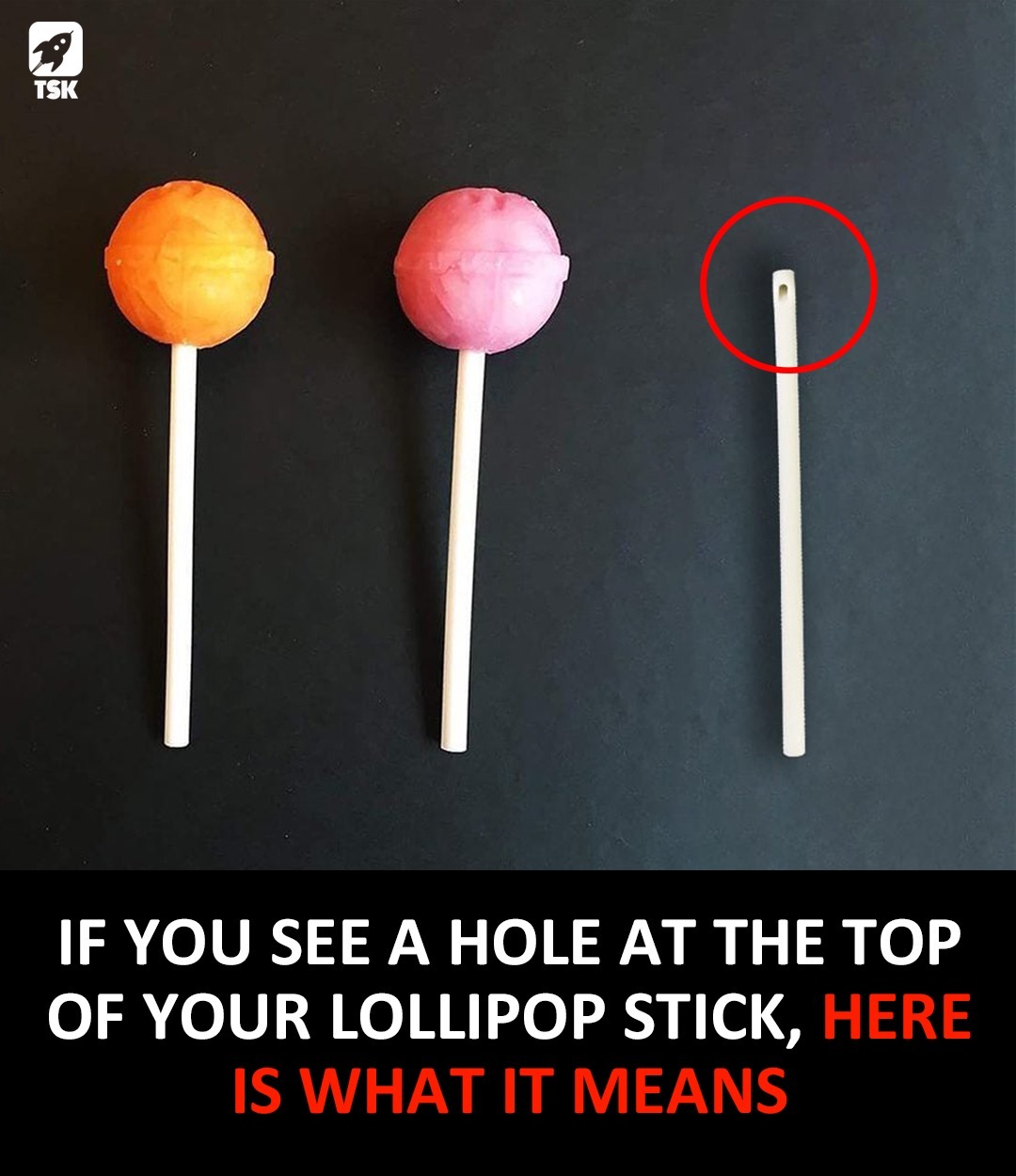ADVERTISEMENT
The history of lollipops, especially in the United States, is a bit unclear. Archaeologists suggest that early versions of this sweet treat may have existed hundreds of years ago. However, it wasn’t until the last century that a unique feature was introduced: a hollow stick with a hole at the top. Many people have wondered why this design was adopted. As it turns out, there are two primary reasons behind it.
A Brief History of Lollipops
Sugar was once a rare and precious commodity, so people had to get creative to enjoy sweet treats like lollipops or gummies. Before the 17th century, civilizations such as those in Egypt and China are believed to have created mixtures of nuts and fruits, preserved with honey for sweetness. Sticks were later added to make these treats easier to eat, marking some of the earliest versions of what we now know as lollipops.
By the 17th century, sugar became more accessible, and countries like Britain began boiling sugar and attaching sticks to create lollipops. In the U.S., George Smith claimed to have invented the modern-style lollipop in the early 1800s. The Connecticut native believed that adding sticks to candy would make it more convenient to eat. At the time, most candies were soft or chewy, unlike the hard candies we associate with lollipops today.
A significant advancement came in 1908 when the Racine Confectionary Machine Co. introduced an automated lollipop production machine, capable of producing around 4,200 lollipops per hour. A few years later, Samuel Born invented the “Born Sucker Machine,” which inserted sticks directly into the candy rather than attaching them to the end. This innovation earned him recognition in San Francisco.
The Introduction of Hollow Sticks
Lollipops have evolved over the centuries, with variations including fruit-and-nut mixtures, pure sugar candies, and eventually artificially flavored and dyed versions designed to appeal to children. In recent decades, one notable change has been the shift from solid paper sticks to hollow plastic sticks with a hole at the top. Brands like Tootsie Pop and Dum Dums initially used solid paper sticks, which, while more environmentally friendly, sometimes made the lollipops harder to enjoy.
Chupa Chups, a company founded in 1958, was among the first to adopt hollow sticks with holes at the top. Starting with just seven flavors, the brand now offers over 100 flavors sold in more than 150 countries. Their design choice served two key purposes.
continued on next page
ADVERTISEMENT
ADVERTISEMENT
